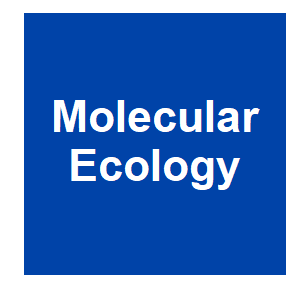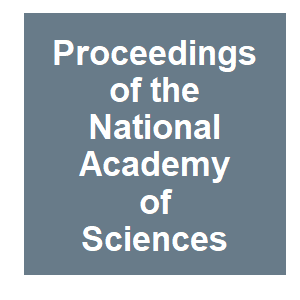
Keywords: supergene

|
Supergenes as drivers of ant evolutionM. Chapuisat, Myrmecological News, 33:1-18. 2023.
Ants show striking diversity in social organization, raising major questions on the proximate and ultimate causes of such variation. The shift from one-queen (= monogyne) societies to multi-queen (= polygyne) societies has long been viewed as a phenotypically plastic response to ... Keywords: ants, gene drive natural, green beard, medea, meiotic drive, supergene, toxin antidote |

|
Cryptic recessive lethality of a supergene controlling social organization in antsP. Blacher, O. De Gasperin, G. Grasso, S. Sarton-Lohéac, R. Allemann and M. Chapuisat, Molecular Ecology, 2022.
Supergenes are clusters of linked loci that control complex phenotypes, such as alternate forms of social organization in ants. Explaining the long-term maintenance of supergenes is challenging, particularly when the derived haplotype lacks homozygous lethality and causes gene ... Keywords: ants, gene drive natural, green beard, medea, meiotic drive, supergene, toxin antidote |

|
“Selfish Genetic Elements” – Supergene Wreaks Havoc in a GenomeUniversity of Rochester, SciTechDaily, 2022.
“Selfish genetic elements” litter the human genome. They do not seem to benefit their hosts but instead seek only to propagate themselves. These selfish genetic elements can wreak havoc. For example, they can distort sex ratios, impair fertility, cause harmful mutations, and ... Keywords: ants, gene drive natural, green beard, medea, meiotic drive, supergene, toxin antidote |

|
Iterative evolution of supergene-based social polymorphism in antsT. Kay, Q. Helleu and L. Keller, Philos Trans R Soc Lond B Biol Sci, 377:20210196. 2022.
Species commonly exhibit alternative morphs, with individual fate being determined during development by either genetic factors, environmental cues or a combination thereof. Ants offer an interesting case study because many species are polymorphic in their social structure. Some ... Keywords: ants, gene drive natural, green beard, medea, meiotic drive, supergene, toxin antidote |

|
Unbalanced selection: the challenge of maintaining a social polymorphism when a supergene is selfishA. G. Tafreshi, S. P. Otto and M. Chapuisat, Philos Trans R Soc Lond B Biol Sci, 377:20210197. 2022.
Supergenes often have multiple phenotypic effects, including unexpected detrimental ones, because recombination suppression maintains associations among co-adapted alleles but also allows the accumulation of recessive deleterious mutations and selfish genetic elements. Yet, ... Keywords: ants, gene drive natural, green beard, medea, meiotic drive, supergene, toxin antidote |

|
Supergene potential of a selfish centromereF. Finseth, K. Brown, A. Demaree and L. Fishman, Philos Trans R Soc Lond B Biol Sci, 377:20210208. 2022.
Selfishly evolving centromeres bias their transmission by exploiting the asymmetry of female meiosis and preferentially segregating to the egg. Such female meiotic drive systems have the potential to be supergenes, with multiple linked loci contributing to drive costs or ... Keywords: ants, gene drive natural, green beard, medea, meiotic drive, supergene, toxin antidote |

|
Epistatic selection on a selfish Segregation Distorter supergene: drive, recombination, and genetic loadB. Navarro-Dominguez, C.-H. Chang, C. L. Brand, C. A. Muirhead, D. C. Presgraves and A. M. Larracuente, eLife, 11:e78981. 2022.
In this work, we investigate the evolution and genomic consequences of an autosomal, multilocus, male meiotic drive system, Segregation Distorter (SD) in the fruit fly, Drosophila melanogaster. In African populations, the predominant SD chromosome variant, SD-Mal, is ... Keywords: ants, gene drive natural, green beard, medea, meiotic drive, supergene, toxin antidote |

|
Maternal effect killing by a supergene controlling ant social organizationA. Avril, J. Purcell, S. Béniguel and M. Chapuisat, Proceedings of the National Academy of Sciences, 2020.
Supergenes are clusters of linked loci producing complex alternative phenotypes. In a series of experiments, we demonstrate that a supergene controlling ant social organization distorts Mendel’s laws to enhance its transmission to adult offspring. One supergene haplotype is ... Keywords: ants, gene drive natural, green beard, medea, meiotic drive, supergene, toxin antidote |

Contact
David O’Brochta
Foundation for the
National Institutes of Health
geneconvenevi@fnih.org
RSS

